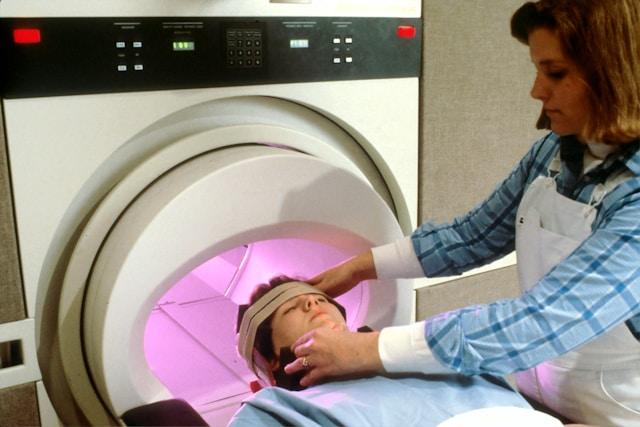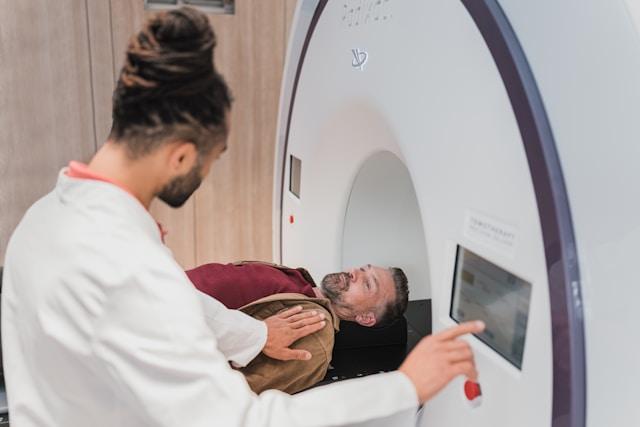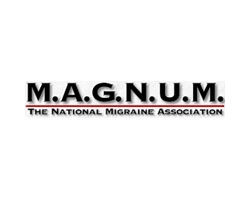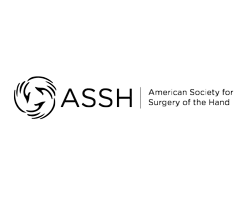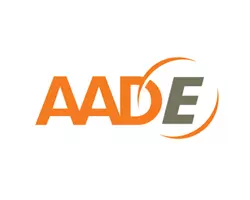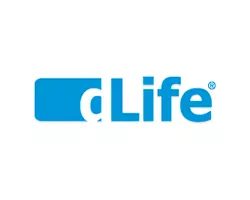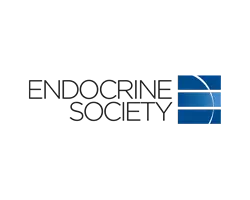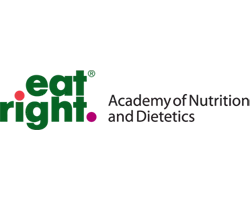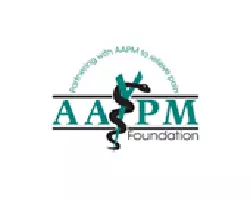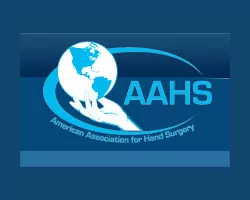Abstract
Background: The purpose of this study was to determine whether resection of the nerve that innervates the origin of the adductor muscle group in addition to an adductor fasciotomy will decrease pain and improve function in patients with a chronic “groin pull.”
Methods: The authors conducted a retrospective multicenter chart review of 12 patients presenting with refractory groin pull. In two patients, the problem was bilateral. There were eight female and four male patients. Injuries were related to sports (n = 6), gynecologic procedures (n = 3), and other injuries (n = 3). Surgery included adductor fasciotomy plus resection of a nerve to the periosteal origin of the adductor muscles. Cadaver dissections were performed to identify the nerve’s origin.
Results: In 13 of the 14 patient specimens, nerves were identified histologically: each of the five cadaver dissections demonstrated the anterior branch of the obturator nerve to be this nerve’s origin. At a mean of 16.7 months after surgery, 11 of the 12 patients (92 percent) and 13 of the 14 limbs (93 percent) responded with relief of pain and improved activities of daily living. Of the 14 patients, eight had an excellent result (67 percent), three had a good result (25 percent), and one experienced a failure (7 percent).
Conclusions: Chronic impairment related to a groin pull injury may be considered caused by a contracture of the adductor muscle group, which can be treated with fasciotomy. A branch of the obturator nerve is shown to innervate the origin of these muscles, and denervation can be performed simultaneously with fasciotomy, improving pain and function.
Read the full report at http://journals.lww.com/plasreconsurg/Abstract/2011/10000/Denervation_of_the_Periosteal_Origin_of_the.23.aspx

